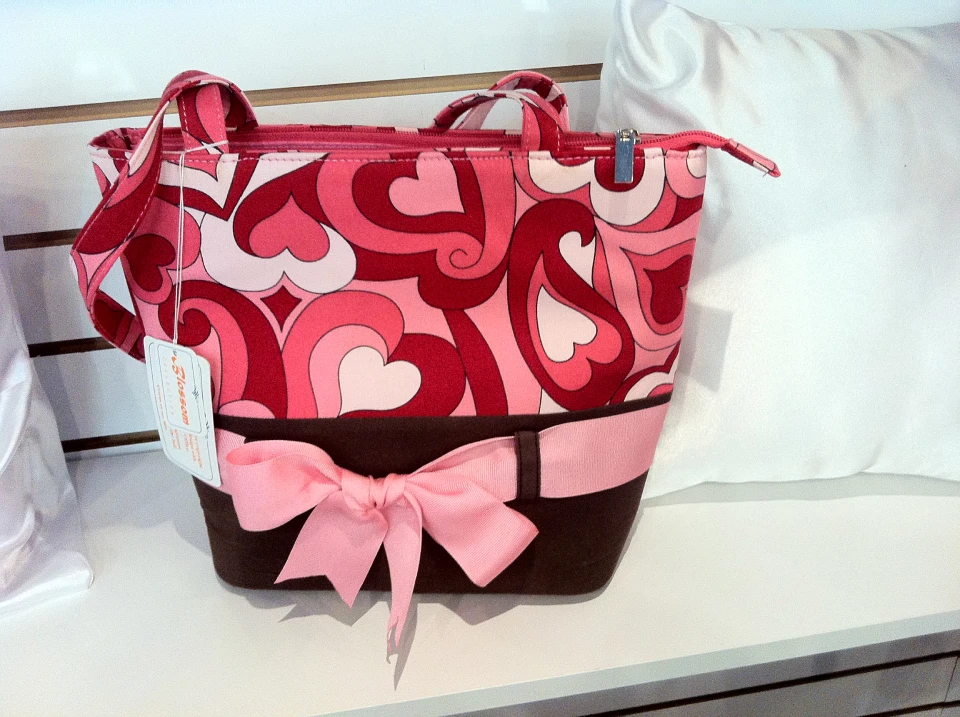Tailored Mugs with Customized Embroidery Layouts for a Distinct Present
Tailored Mugs with Customized Embroidery Layouts for a Distinct Present
Blog Article
The Art of Customized Needlework: Opening the Keys to Creating One-of-a-kind and Unforgettable Designs
The tricks to developing custom-made embroidery designs that mesmerize the eye and leave an enduring impact lie in a delicate balance of strategy, imagination, and interest to information. As we dive into the world of custom-made needlework, we uncover the nuanced interplay between string option, stitch intricacy, and layout personalization that raises a simple garment to a work of art.
Choosing the Right Embroidery Threads
When choosing needlework threads, what essential factors should you consider to make certain the very best results for your custom designs? The selection of embroidery thread is critical in determining the last end result of your stitched layout. One of the key factors to consider is the material of the thread. Various materials such as cotton, polyester, rayon, and silk supply varying degrees of sheen, longevity, and structure. It is necessary to pick a thread material that complements the textile you are embroidering on and aligns with the wanted appearance of the layout.
Moreover, the weight or thickness of the thread plays a substantial function in the look of the embroidery. Thicker threads can add dimension and structure to your style, while finer strings are suitable for detailed details and little text. In addition, taking into consideration the shade fastness and washability of the thread is important to guarantee that your custom layouts preserve their high quality and vibrancy with time. By very carefully evaluating these aspects and choosing high-quality threads that satisfy your certain needs, you can enhance the visual charm and durability of your embroidered developments.
Discovering Different Stitch Techniques
To dive into the realm of 'Checking out Different Stitch Techniques', one have to realize the ins and outs and subtleties that each sewing method brings to the art of embroidery. Various stitch strategies not only include aesthetic interest yet likewise add to the overall texture and dimension of the layout. One prominent stitch technique is the satin stitch, which involves carefully packed parallel stitches to develop a smooth and glossy surface area, suitable for filling out shapes and creating vibrant describes.
On the various other hand, the backstitch is a versatile strategy typically made use of for describing and adding fine information. It involves stitching in reverse to create a solid line of needlework. Furthermore, the French knot stitch includes a tactile element to layouts, best for producing distinctive accents like blossom centers or attractive touches.
Checking out different stitch strategies enables embroiderers to have fun with light, shadow, and deepness within their styles, boosting the visual allure and artistic high quality of their needlework tasks. By mastering various stitching methods, imp source one can open unlimited possibilities for developing one-of-a-kind and memorable custom needlework pieces.
Incorporating Personalized Design Components
Having explored the intricacies of different stitch methods such as the satin stitch, backstitch, and French knot, the emphasis now jos a bank 1905 custom suit shifts in the direction of incorporating personalized layout components in personalized embroidery projects. Individualized style aspects play an essential duty in making embroidery projects genuinely one-of-a-kind and memorable.
An additional method to incorporate tailored style aspects is by consisting of symbols or motifs that hold unique significance to the recipient or mirror their interests and personality. For instance, incorporating a preferred flower, animal, or hobby-related symbol can make the embroidery style extra meaningful and tailored. Furthermore, selecting shades that resonate with the recipient or straighten with the designated motif can further improve the customization of the needlework task.
Mastering the Art of Shade Coordination

One secret element of color coordination is recognizing shade concept. This includes knowing exactly how various colors connect with each various other, the feelings they share, and how they can be integrated to develop aesthetically enticing designs. By using shade theory principles, embroiderers can create harmonious shade palettes that enhance the general look of the design.
In addition, paying interest to comparison is vital in color coordination. Utilizing contrasting colors can help specific elements of the design pop, improve readability, and create a visually dynamic needlework item. By understanding the art of shade sychronisation, embroiderers can boost their helpful hints styles and produce unforgettable items that reverberate with clients and audiences alike.
Enhancing Structure With Advanced Needlework Stitches
French knots, for example, are perfect for adding little, increased dots to your layout, imitating the look of grains or producing a distinctive surface area. Bullion knots, on the other hand, can be used to create twisted, ropelike elements that add a glamorous feeling to the needlework. Seed sewing includes tiny, scattered stitches that can fill out areas with a multicolor structure, while turkey job develops fluffy, dimensional accents evocative animal fur or vegetation. Exploring with these advanced needlework stitches permits you to press the limits of traditional embroidery and create really special and aesthetically enticing appearances in your layouts.
Verdict
In conclusion, the art of customized embroidery entails a mix of choosing the ideal strings, exploring various stitch strategies, integrating personalized style elements, mastering shade sychronisation, and improving structure with innovative stitches. By understanding and applying these key aspects, embroiderers can create distinct and remarkable styles that display their creativity and skill. Needlework fanatics can unlock the tricks to creating attractive and bespoke items that stand apart and leave an enduring impression.
Report this page